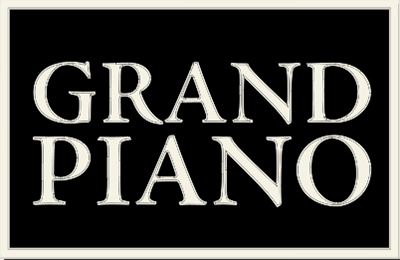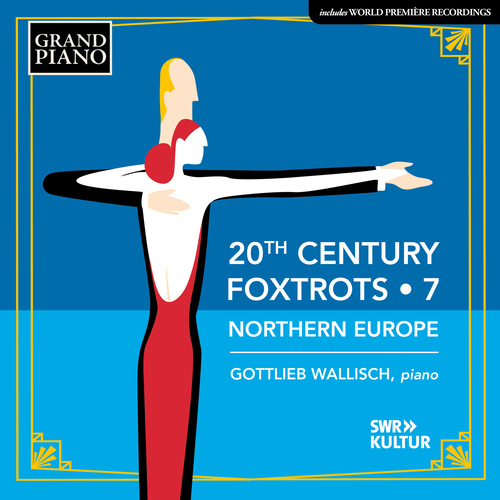
Kees van Baaren (1906 - 1970)
Kees van Baaren (1906–1970) spent part of the 1920s in Berlin before becoming a pupil of Willem Pijper, developing a modernistic language that culminated in his adoption (the first ever Dutch composer) of the twelve-tone technique. However, when he was in Berlin, van Baaren earned his living by playing jazz at the Kabarett der Unmöglichen (‘Cabaret of the Impossible’), having Fats Waller as his inspiration. He played the music ‘pretty well himself, with much more interesting chords than Waller used, but without a trace of swing’, as his student and jazz pianist Misha Mengelberg wrote. Evidence of this style remains in the two handwritten pieces Blues (c. 1933) and Pep and Swing, Novelty-Foxtrot (1933), where one can also hear the knowledge of real blues and the now intercontinental influence of Gershwin’s music.


 Grand Piano has gained a reputation for producing high quality recordings of rare keyboard gems. Dedicated to the exploration of undiscovered piano repertoire, the label specialises in complete cycles of piano works by many lesser-known composers, whose output might otherwise have remained unknown and unrecorded.
Grand Piano has gained a reputation for producing high quality recordings of rare keyboard gems. Dedicated to the exploration of undiscovered piano repertoire, the label specialises in complete cycles of piano works by many lesser-known composers, whose output might otherwise have remained unknown and unrecorded.






